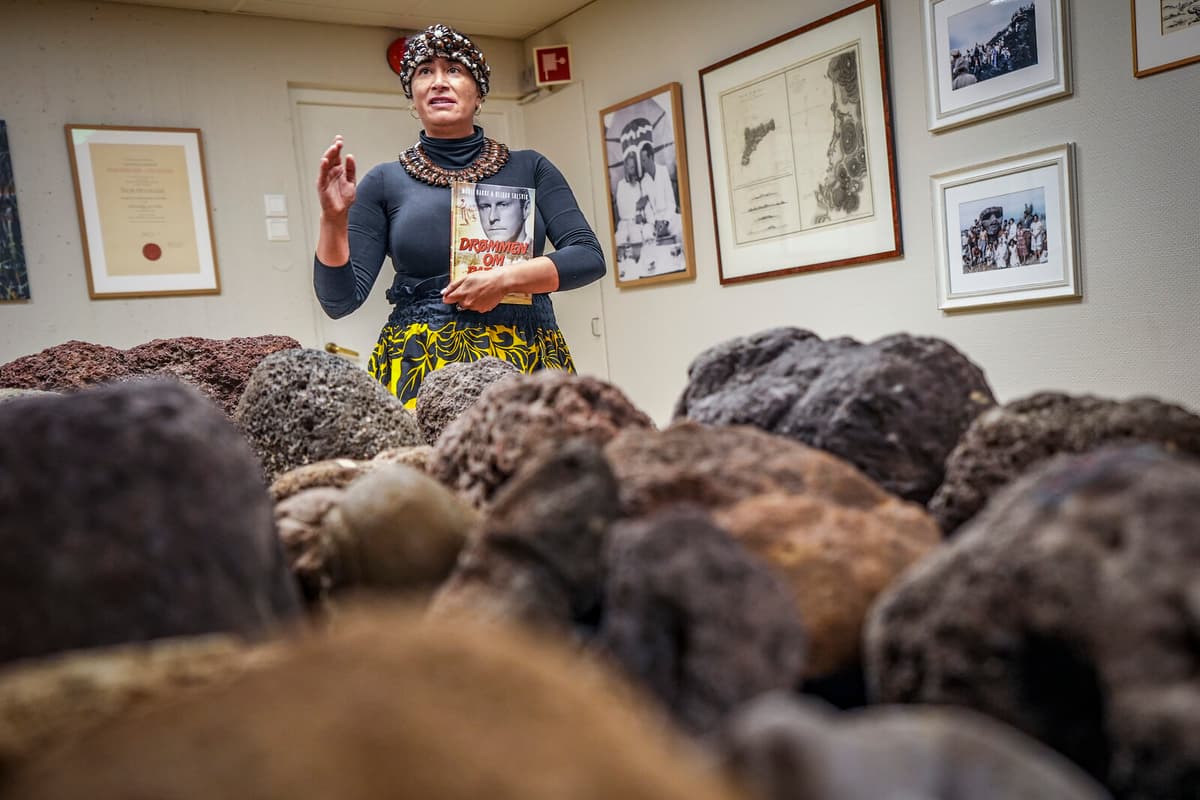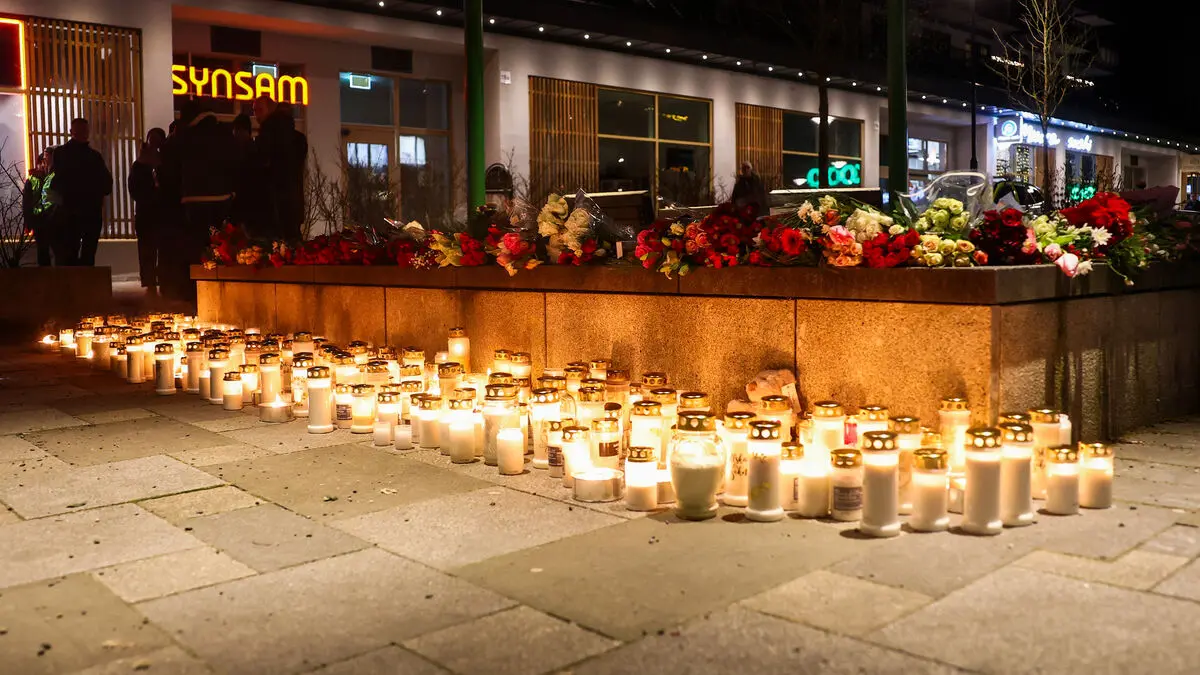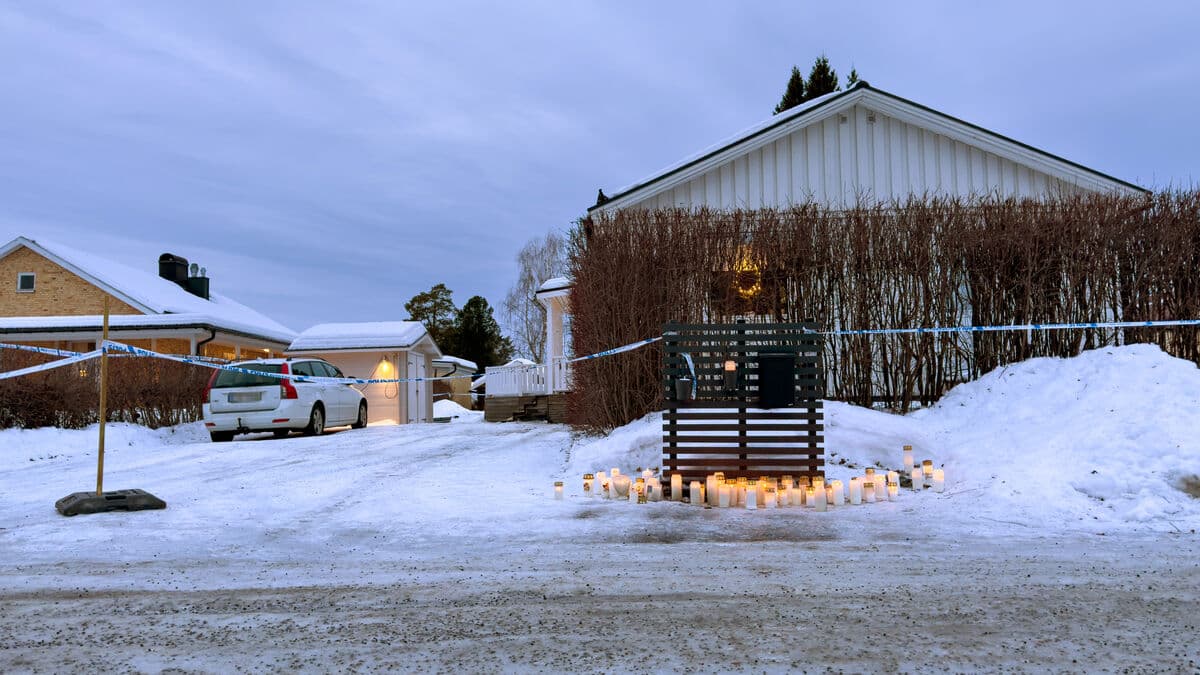In 1947, Thor Heyerdahl and his crew sailed from Peru to Polynesia on a balsa raft called Kon-Tiki. After the world-famous expedition, he spent long periods on Easter Island, locally called Rapa Nui, in the Pacific Ocean. After several months of excavations, Heyerdahl returned to Norway with thousands of artifacts.
Now, some of them are going to come home again.
What happened in the 1950s must be seen with the eyes of that time. The artifacts were taken to Norway with permission and simultaneously with a promise that they would one day be returned, says Liv Heyerdahl, head of the Kon-Tiki Museum in Oslo and Thor Heyerdahl's grandchild.
Initially, it's about the remains of people who lived on Easter Island hundreds of years ago, including skulls.
Laura Tarita Rapu Alarcón and three other representatives from Easter Island spent the night until Wednesday at the Kon-Tiki Museum, side by side with the remains. It was part of a ritual ceremony considered important to also bring the spirits of the remains home.
The circle is closed when we receive these remains, she says.
On Easter Island, a grand ceremony awaits, which will then conclude with the remains being reburied for good.
So-called repatriation, i.e., when museum artifacts are returned to their country of origin, is becoming increasingly common. The Kon-Tiki Museum has also previously returned artifacts, while Thor Heyerdahl was still alive. The Norwegian explorer died in 2002.
Easter Island, locally Rapa Nui, is an island in the southeastern Pacific Ocean with approximately 8,000 inhabitants.
The island lies west of the South American mainland and belongs to Chile. The distance to the nearest inhabited island is around 200 miles, making it one of the most remote inhabited places on earth.
The island is primarily known for its large stone statues, so-called moai, which were carved from the slopes of the Rano Raraku volcano.
Europeans visited Easter Island for the first time on Easter Day in 1722, hence the name Easter Island. Slavery, forced labor, and Western diseases hit hard against the island's original inhabitants.
The island was annexed by Chile in 1888. In 1995, Easter Island was added to UNESCO's World Heritage List.





